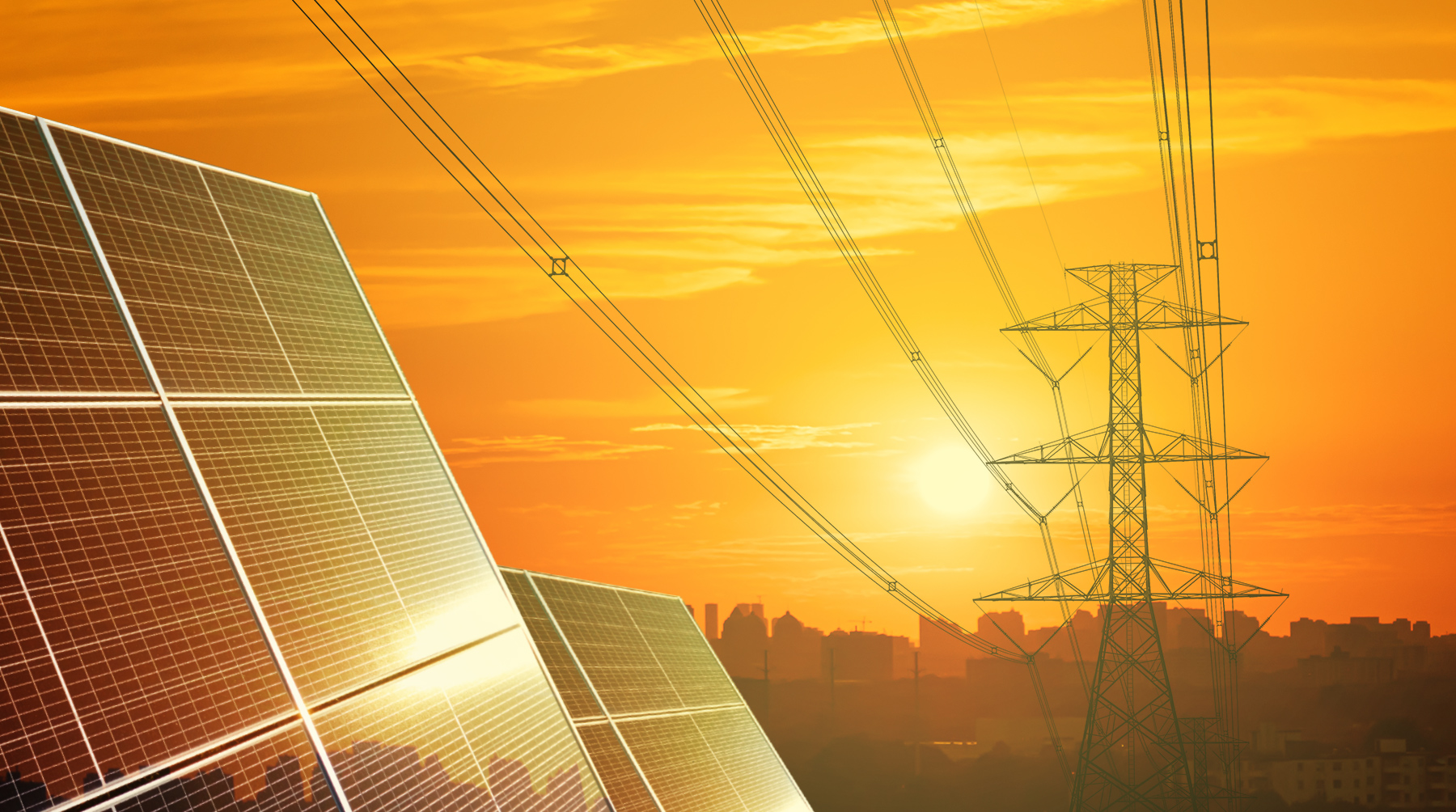An interview with Ben Hutt, CEO and Managing Director at Evergen, by Calcee Preston for The Leadership Review
Every day as we tune into our preferred news sources, we are confronted by articles on the destruction of our environment. Bushfires run havoc throughout Australia, the intentional burning of Amazon forests, as many beautiful creatures become extinct the ice caps are melting and recent destruction of indigenous landmarks from mining. Unfortunately, this is not a recent issue. Global Warming and the environment have been a forefront of many political debates as has whether investing in renewable resources environmental benefit outweighs the short-term monetary gain received through continued existing energy sources.
How can you put a price on the environment and land that will one day be occupied by our descendants? Does living in a reasonably healthy ecosystem mean it will continue to be around for our children and grandchildren?
It is time we take a step back from easy short-term solutions to focus on making changes which ensure our environment continues to flourish long after we are gone.
We are an island nation close to the equator which can utilise this to our advantage. Using hydro, wind and solar power, Australia has the potential to become leaders in renewable energy.
Ben Hutt is the CEO and Managing Director of Evergen, a renewable energy software business focusing on orchestrating large fleets of batteries to enable Virtual Power Plants to ensure a decentralised energy system of the future. As a father of 3 young girls, creating a better future for generations to come is important to Ben.
Hutt says the distribution of stored and generated energy is the future of the energy system.
“In place of the old networks with one large asset, such as a coal-fired generator pushing electricity out to thousands of homes and businesses, we now are seeing the emergence of smaller networks, interconnected, somewhat self-sufficient, and ultimately more resilient,” says Hutt.
“These could include microgrids or community projects including houses with solar and storage, businesses, solar farms (with or without storage), wind farms, etc.”
As companies become more conscious of their environmental footprint, executives are beginning to sign offtake agreements to help support the development of renewable sources.
“Large businesses, as consumers of energy, are increasingly signing long-term offtake agreements with solar and wind farms. They are doing this now not just to be green, but because renewables are the cheapest form of power,” says Hutt
“Many opportunities are coming, including new technologies such as hydrogen which is both green and efficient at storing energy (like a clean battery).”
The unfortunate implications of this year’s disasters, the bushfire season and coronavirus, has had a positive influence on consumer’s priorities and needs when it comes to energy consumption and sourcing.
“The bushfires and pandemic have encouraged consumers to think more about self-sufficiency and how they can take control of their energy consumption,” says Hutt.
“There were communities without power for days during blackouts across the bushfire season, and plenty of bill shock for the thousands of employees working from home throughout COVID-19.”
Although many individual consumers have begun to opt towards solar power, personal renewable opportunities are endless.
“Solar has been around for years, and we have over 2.5 million Australian houses with rooftop panels,” says Hutt.
“But it’s battery storage that is the future of energy and distributed forms of energy to be more precise, of which batteries play a significant role.
“Things like Virtual Power Plants and community batteries are gaining momentum.
“Both allow homeowners to take advantage of solar energy, use and trade what they don’t need. As the regulations shift, these investments will become more beneficial.”
With the use of a Virtual Power Plant, consumers can sell or trade their unwanted energy.
“With the momentum around Virtual Power Plants, there is an opportunity for consumers to trade excess energy,” says Hutt.
“For example, a Virtual Power Plant (VPP) can collectively generate and store energy to sell on the open energy market at superior prices when electricity demand is high.”
For consumers who are not ready or can’t afford a battery of their own, there has been the recent addition of community batteries.
“Community batteries are a newer concept in Australia, but they offer homeowners a battery solution that allows them to use all the clean energy they generate, save on their electricity bills, and get more value from their solar investment. We are involved in several projects at the leading edge of the evolution of these solutions to benefit consumers, and there’s a fair way to go until they will be widely adopted, but the work has begun,” says Hutt
Investing our time, money and resources into renewable energy will not only have outstanding effects on the environment but also contribute to our employment rate.
Clean Energy Council’s Clean Energy Australia Report 2020 shows that the renewable energy industry was responsible for almost 23,000 jobs across the areas of construction, maintenance and installation during 2019.
This report also states that only 24 per cent of electricity generated in Australia is through the renewable resources, and as such by moving towards a renewable nation will have a remarkable effect on the job prospects in the energy sector.
“As we commit to more global and local clean energy goals, the opportunity for employment in renewable energy and related industries will grow,” says Hutt.
“Jobs will be created in the construction, operation and maintenance of renewable energy installations, as well as in related industries.
“We have two generations worth of jobs to deliver this renewable energy revolution, and we must mobilise the workforce, globally.
The job prospects will not only improve in metropolitan areas with smaller regional communities, also offering long-term job prospects in trade and higher education industries.
“What’s super encouraging is that it’s likely half of these new jobs will be in local areas where people already live and work with the rise of rooftop solar and community battery installations,” says Hutt.
For remote and regional communities, this means long-term job security.
The monetary benefits of renewable energy also infiltrate into indigenous communities, creating opportunities for long term relationships with indigenous leaders through the lease of land, protecting the indigenous site and landmarks in the process.
“For Indigenous communities with land tenure, there is the opportunity to host some of the world’s best co-located solar and wind energy resources,” says Hutt.
As our environment takes a hit from society over-using and misusing the land, we must take a step back to identify the ways we can better care for our land, in addition to the use of renewable energy.
Farming has had detrimental effects on land and soil quality which has influenced the carbon retained in the soil and emitted into our atmosphere.
“Farming and the soil around the world is such a poorly understood part of the climate change issue & solution,” says Hutt.
“Chemical intensive farming kills the microbiome and natural organisms that make up healthy soil, making it less productive and more prone to desertification.
“This massively impacts the amount of carbon retained by the soil – the absence of plants doesn’t help – and increases the hot-cold range of temperatures by location.
“As more of the world turns into desert, less plants grow (same with deforestation), which means less carbon retained in the soil and therefore emitted into the atmosphere.”
Fortunately, the cure for this issue lays within a straightforward equation; more plants equals more water.
“Plants and the humidity they create, account for 40% of the rainfall globally, so more plants = more water, and with good soil = more carbon sequestered.
“We need to adopt historical pre-tilling farming, focus on soil, grow plants organically, eat more veggies and less meat (animal farming is a shocker too).
The environment is our past, our present, and our future, without which life on our planet as we know it would not exist. If we do not take the time, energy and resources to improve our environmental footprint now, we will be robbing future generations of the world they deserve.



